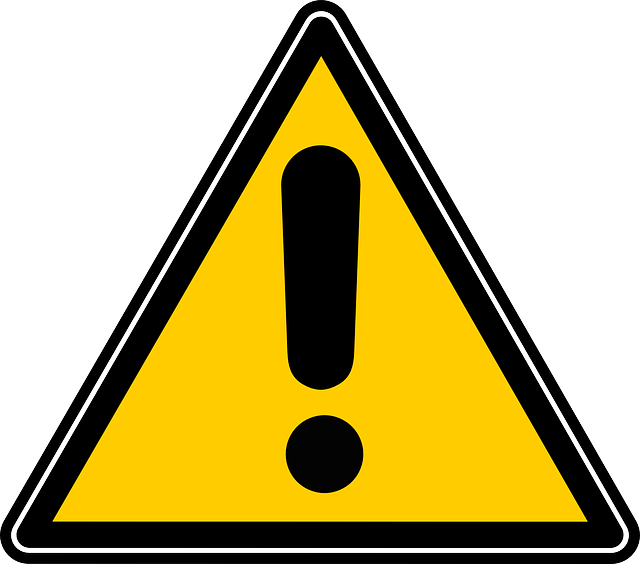Whether you are a business owner, chef or kitchen assistant, it is important to understand the risks and hazards associated with commercial kitchens.
Hazards exist in all workplaces and commercial facilities – in every industry. In fact, workplace injuries are far more common than one might think, especially in the kitchen.
Common injuries include fractures, open wounds, burns and cuts; with young, usually inexperienced staff being most at risk.
Workplace safety is essential and the key to avoiding injuries and mitigating risks is understanding the hazards that are at play.
Here are our top 10 hazards in a commercial kitchen:
Food Hazards
Fundamentally, food hazards are perhaps that the biggest risk associated with commercial kitchens, as the spread of bacteria and viruses can lead to a deadly chain reaction of sick staff and customers.
From improperly stored food to the dangers of bacteria, employees need to be educated on the correct practices and processes when dealing with food items.
Knives
In terms of the equipment used, knives are the most dangerous, with injury to the hands and fingers being the most common commercial kitchen accidents.
The main hazards usually come from improper use, using the wrong knives or dull blades.
With knives, it is critical to keep them maintained and sharp, and stored safely. Employees should avoid conversation when using sharp equipment, and should always hold blades downwards when carrying and moving them.
Ensure all staff are trained to use knives correctly to reduce cuts and slices.
Machinery
Much like knives, commercial kitchen machinery and equipment comes with a high risk of cutting, slicing and sawing.
Mitigating the risk follows the same principles.
Firstly, all machinery needs to be maintained. Secondly, all staff need to be trained on the correct practices.
Burns
Boiling water, scolding oils, scorching flames, hot pots and pans; burn hazards are prevalent throughout commercial kitchens.
Further hazards can come from flames, electricity, chemicals, and as any kitchen staff may be aware, steam.
Injuries can vary from third-degree to first degree burns, with third-degree burns being the most serious.
Again, the key to mitigating risks is understanding. Diminish and reduce the risk of injuries with the necessary equipment and training, and avoid hazards by fire safety plans.
Fire Hazards
Slightly different to burn dangers, fire hazards relate to the risk of a fire starting in the kitchen.
Fires can be deadly to both employees and customers, and are highly damaging to businesses, premises and the contents inside.
Primary sources of fire hazards come from: flames, gas, electrical issues, grills, hot plates, ovens, fryers and heaters. With faulty equipment and thermostats, inadequate training, and mismanagement being leading causes of accidents.
As with burn hazards, staff must be fully trained, and efficient fire safety strategies are put in place.
Electric Shock
It may or may not come as a surprise that electric shocks are a real hazard in a commercial kitchen.
This is due to the number of electrical equipment in use at any given time, paired with the common risk of slips and wet surfaces.
Risks include plugging in equipment with wet hands, faulty wiring, and defectives appliances.
Employees must report any issues to management or health & safety officers.
Chemicals
Working with potentially dangerous substances is a daily part of kitchen work-life.
There are many chemicals that can cause injury or harm, from food poisoning to cleaning materials.
Make sure employees know of all the different types of chemicals, and ensure all bottles are marked correctly and properly stored.
Gloves are also extremely important in this regard.
Slips and Trips
It is easy to fall in a commercial kitchen, especially when encountering slippery floors.
Common causes of slips and trips include: wet floors, uneven surfaces, lack of concentration, crowded work areas, obstructions and steps.
The best way to avoid fall hazards is to report and monitor any potential risks, clean spills immediately, use cautionary signage, keep walkways clear and installing non-slip floor coverings. Overcrowding
Overcrowded workspace risks are high in kitchens, and by this, we don’t just mean too many employees in one place.
Overcrowding can come from the congestion of stationary objects, such as equipment and fixtures, and can lead to impact injures, as well as slips and trips.
Lifting Injuries
From carrying heavy stock and handling food orders, to completing deliveries and moving crates, lifting injuries are a serious risk in kitchen environments.
Accidents are usually caused by overextension, overexertion or repetitive incorrect action – with the most common injury being muscle strain.
Ensure employees know how to correctly lift and keep good posture, and make them aware of the risks.
In Conclusion
There are many hazards present in commercial kitchens.
The most powerful way to combat risks and issues is education.
Ensure all staff are trained and aware of the risks, and furthermore, make sure all equipment is maintained to a high standard.

